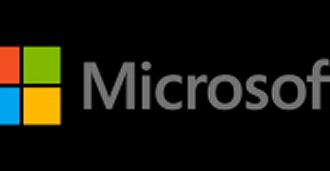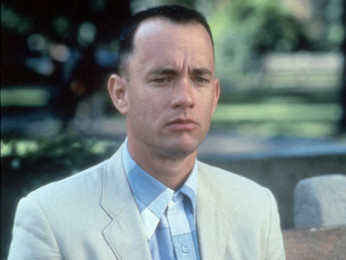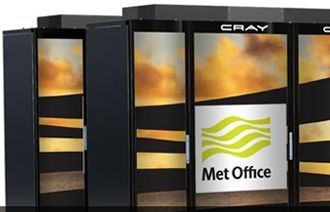 It turns out that when the MPAA sues you for $100,000 for every file you share it is just because it is trying to save you from malware.
It turns out that when the MPAA sues you for $100,000 for every file you share it is just because it is trying to save you from malware.
Lobbying outfit Motion Picture Association of America (MPAA) said it is concerned that intellectual property pirates are being exposed to malware and other dangers.
It told US trade officials that the websites that traffic in infringing movies, television shows, and other copyrighted content do not harm only the rights holder. Malicious software or malware, which puts Internet users at risk of identity theft, fraud, ebola and Justin Bieber (we made the last two up).
The group added that “such risks jeopardise legitimate e-commerce and consumers” and that the “MPAA continues to work with global partners against criminal organizations and activities in an effort to protect consumers not only from the dangers of illicit audiovisual goods and services, but other potential threats, such as malware.”
So in other words the MPAA’s efforts to crush P2P piracy sites were not out of a fear that file-sharing will mean that the profits from such great films as Sex Tape and the The Legend of Hercules will be reduced. It is doing it to protect the poor pirates from evil malware makers.
Chris Dodd, the MPAA’s chairman, said in a statement that “Robust protection and enforcement of intellectual property rights both domestically and abroad are vital to ensuring the sustained growth of America’s creative industries.”



















